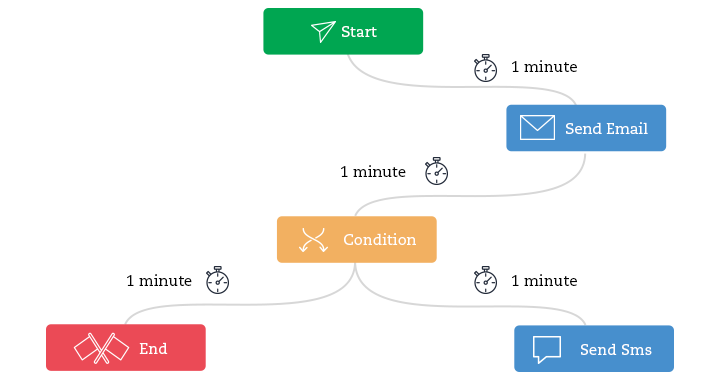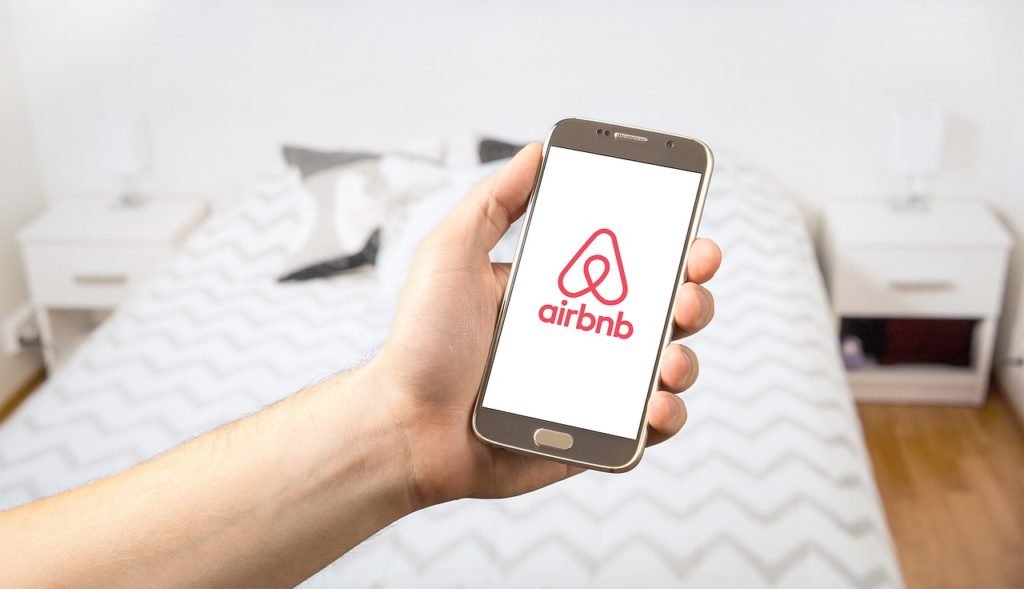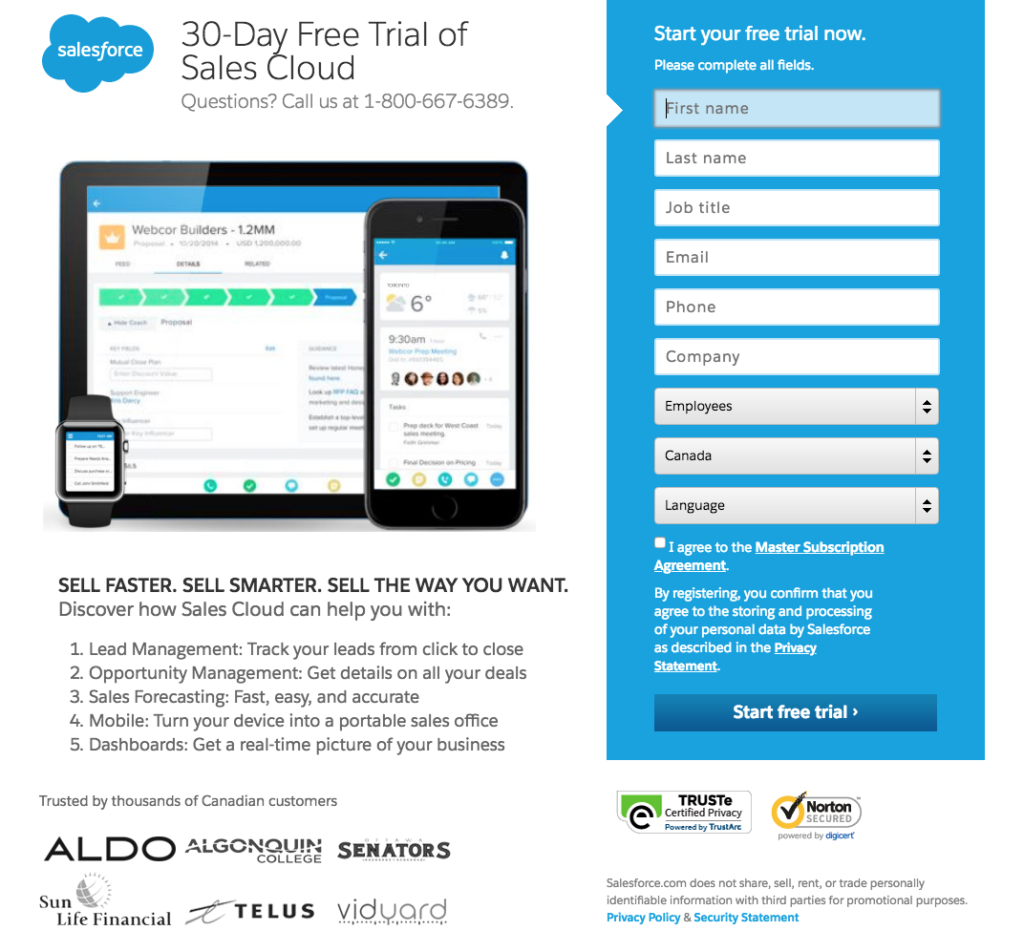
How To Get The Media To Notice You
Do you want more media attention for your business? Read on, here are some great ideas to do so.
1. Know What The Outlet Covers
Although most media outlets seem to cover the same publication, each outlet uses a different approach/angle for the same. For this reason, you need to identify whatever angle or approach the outlet uses in the content and news they air. It is after you have identified their ‘beat’ that you can start working on producing the same quality and matching news as theirs. You may however have to watch, read, or even listen to their broadcast severally to get the ‘beat’ right.
2. Use Email Instead Of Calling
Unless you have a burning question, always use email for media pitches instead of the phone. One of the reasons why you need to avoid calling is the fact that most calls go to voicemail. Listening to a voicemail message takes a lot longer than reading the text. It is even harder to forward the same, with most editors choosing to delete long voice messages if it isn’t direct to the point.
3. Try Reaching the Right Person
Media outlets like this have dozens of people working on different content each day. Sending your content to the wrong person means you won’t be ‘heard.’ With multiple writers and editors, you need to identify the specific person you wish to reach out to or contact. Many media outlets today have a desk software that helps route communications to the right person. All you need to do is identify the contact or use words that the software can understand to route your message to him/her.
4. Target The Outlet’s Regular/Main Feature
Take some time to learn/discover the outlet’s features, then identify where your story would fit perfectly. Most media outlets are always looking for stories and subjects to add to their features. It is after identifying the specific feature that you can schedule your story for online publication or in print. You may, however, have to follow the media outlet on Twitter to be able to see their feeds, as well as the editorial calendars to spot recurring features that may be of interest.
You, however, need to follow all instructions outlined for that specific feature to stand a chance. One of the best ways to have your business considered in the feature is by submitting the same to the right person. For instance, looking at the Contact page can give you a direct contact of the person/editor responsible for that specific feature. Sending a generic email pitch to the outlet only reduces the probability of getting to the said editor.
5. Let Your Expertise Known
Media editors receive tons of emails from people who want their businesses featured. While they cannot publish/air all these features at once, most editors save the emails for future reference/use should they need a source. For this reason, it would be advisable to send the editor an email every 3 months indicating your expertise and availability for an interview. Make your expertise known and especially the specific topic. Your business should also have an online presence where these editors can find it on Google. Journos are similar to employers, they want the right people and those that show their expertise – check out this post from nPower to see the similarities.
6. Make Yourself Available
Journalist work on tight schedules whereby they may want to call you for an interview. Make the process easy by providing your phone number and other contact details in all emails and company website. You also need to make yourself reachable and respond to any attempts to reach you on time. Returning calls and responding to requests sent makes it easier for the PR rep to reach you. You may also want to keep your phone close each time – you never know when the PR rep will call.
7. Create a Resource Center for your Media
The press/journalist may want to grab a few things about your business before running your story. These include images of your top products, black-and-white and color logo, as well as headshots of the business executives. Creating a resource center for this, and in high resolution makes it easier for the media to cover your business well. It would also be advisable to include figures and basic facts about the company, which the editor can sieve through when running the story. Making these pieces of information readily available without the editor having to contact you makes their job easier.




 In the awareness stage, customers are not yet aware of their problems and they have not interacted with your brand yet. Your goal for this stage is to reach out to your potential customers and increase brand awareness. You must also find a way to establish communication with your potential clients. That is, by them liking your social media page, subscribing to your channel, or subscribing to your email list. To do this, you have to generate a massive amount of valuable content to reach as many people as possible. But, your effort would be useless if it doesn’t get in front of your audience. SEO is king when it comes to making sure that your message is heard. You don’t have to scavenge the World Wide Web to learn about SEO. You can use an SEO Management tool such as
In the awareness stage, customers are not yet aware of their problems and they have not interacted with your brand yet. Your goal for this stage is to reach out to your potential customers and increase brand awareness. You must also find a way to establish communication with your potential clients. That is, by them liking your social media page, subscribing to your channel, or subscribing to your email list. To do this, you have to generate a massive amount of valuable content to reach as many people as possible. But, your effort would be useless if it doesn’t get in front of your audience. SEO is king when it comes to making sure that your message is heard. You don’t have to scavenge the World Wide Web to learn about SEO. You can use an SEO Management tool such as  During this stage, the potential clients should be ready to convert. They have recognized their problems and they have looked at all their options. They’re just one step closer to making a purchase. Your goal is to ensure that they buy your course, book, product or service. You want them to focus on that and just that. Examples of contents you can use for this stage is a free trial and a live demo. For instance, a client goes to the purchase page of your website after visiting other pages. The client will then be offered a free trial just in case he or she still has some reservations. Just in case the client leaves without making a purchase, you can still retarget the client using marketing automation. Visiting your product page is a strong indication of his or her interest in your brand. Through marketing automation, you can set triggers so that the client will still be reminded of your products even if he or she is on a different website. Automation also allows you to keep the cycle going even after the client has completed a purchase. You can keep a lifelong customer as long as you continue to provide valuable content and valuable products.
During this stage, the potential clients should be ready to convert. They have recognized their problems and they have looked at all their options. They’re just one step closer to making a purchase. Your goal is to ensure that they buy your course, book, product or service. You want them to focus on that and just that. Examples of contents you can use for this stage is a free trial and a live demo. For instance, a client goes to the purchase page of your website after visiting other pages. The client will then be offered a free trial just in case he or she still has some reservations. Just in case the client leaves without making a purchase, you can still retarget the client using marketing automation. Visiting your product page is a strong indication of his or her interest in your brand. Through marketing automation, you can set triggers so that the client will still be reminded of your products even if he or she is on a different website. Automation also allows you to keep the cycle going even after the client has completed a purchase. You can keep a lifelong customer as long as you continue to provide valuable content and valuable products.

























